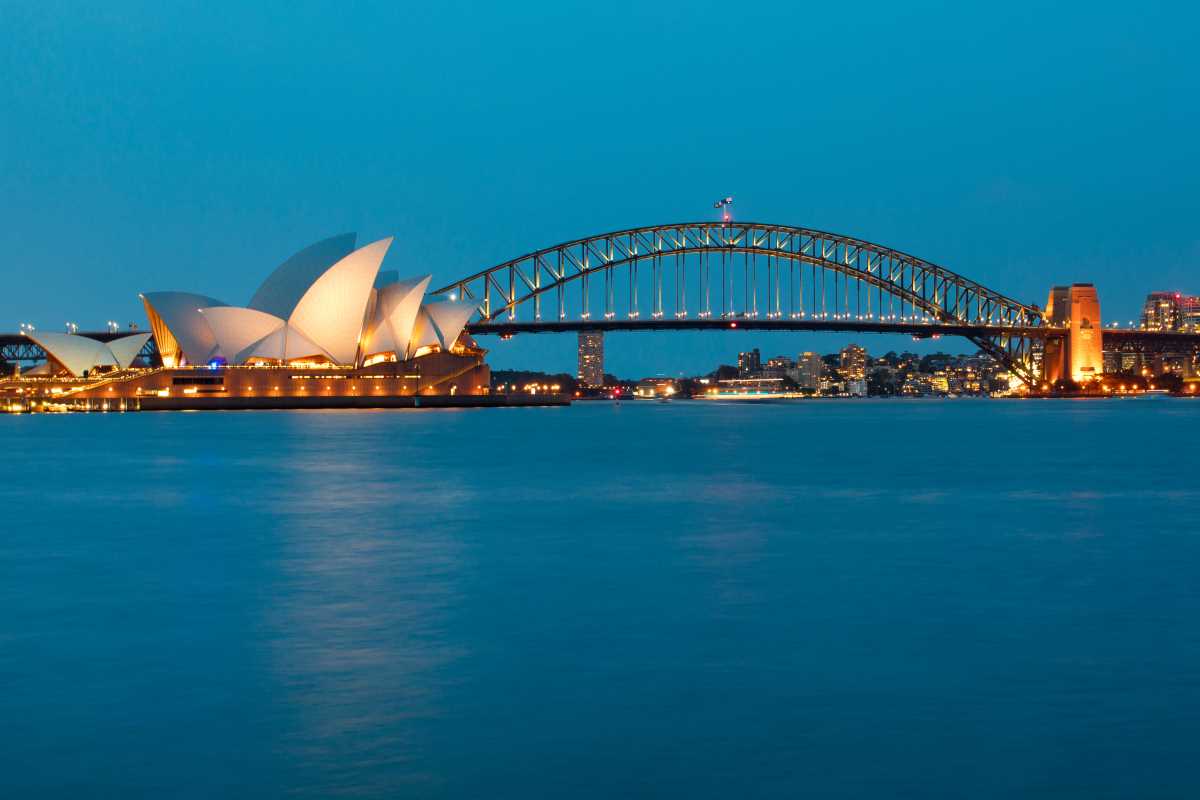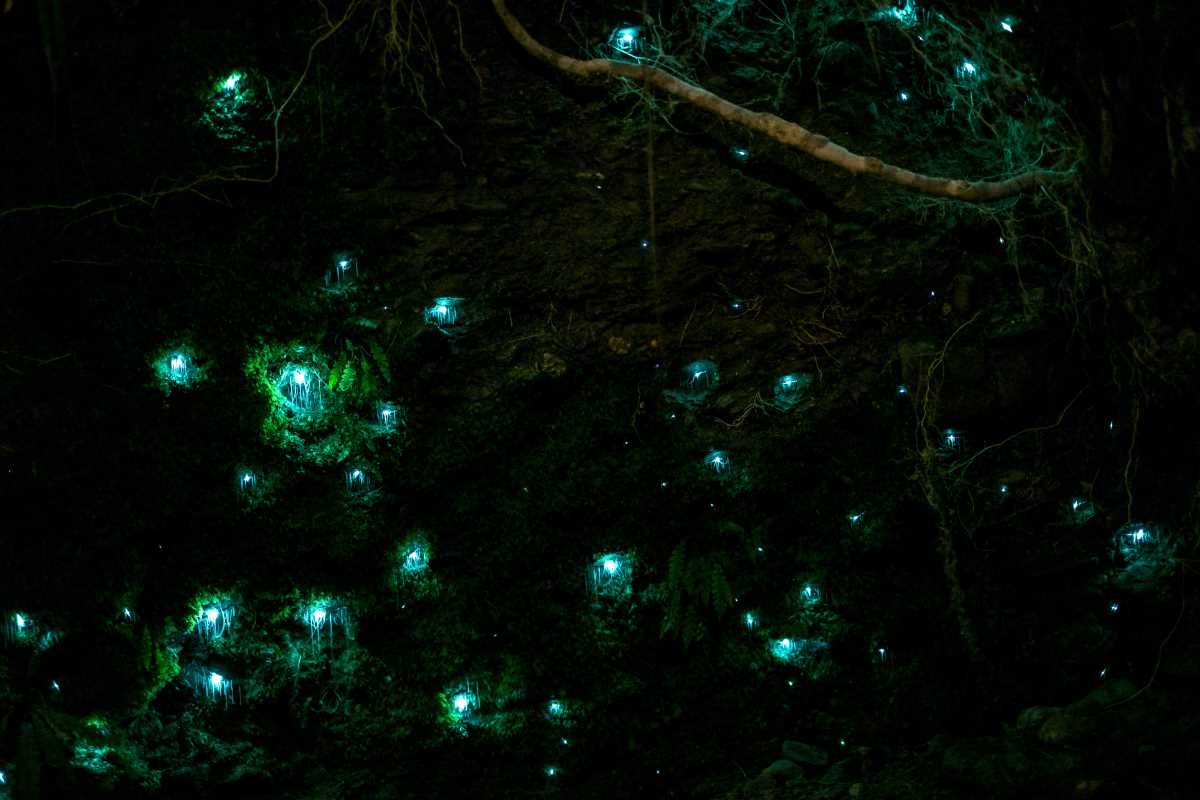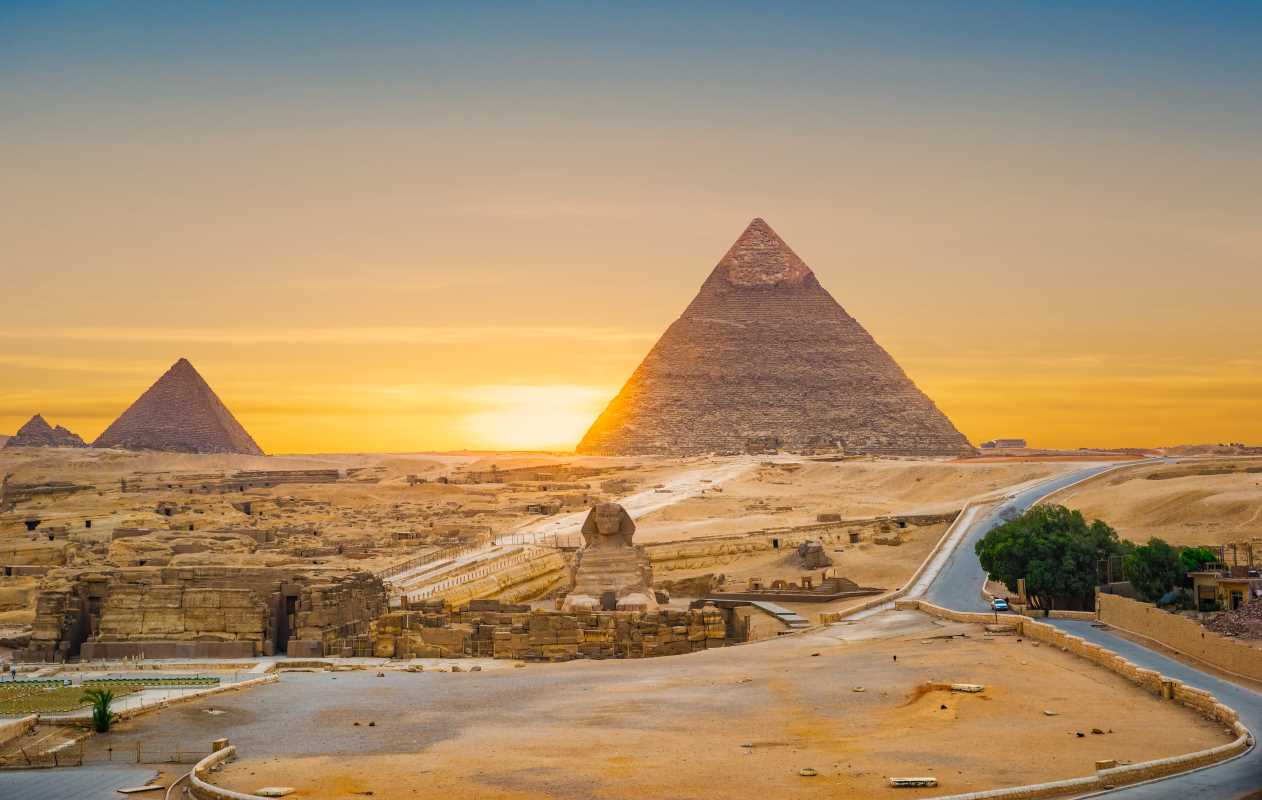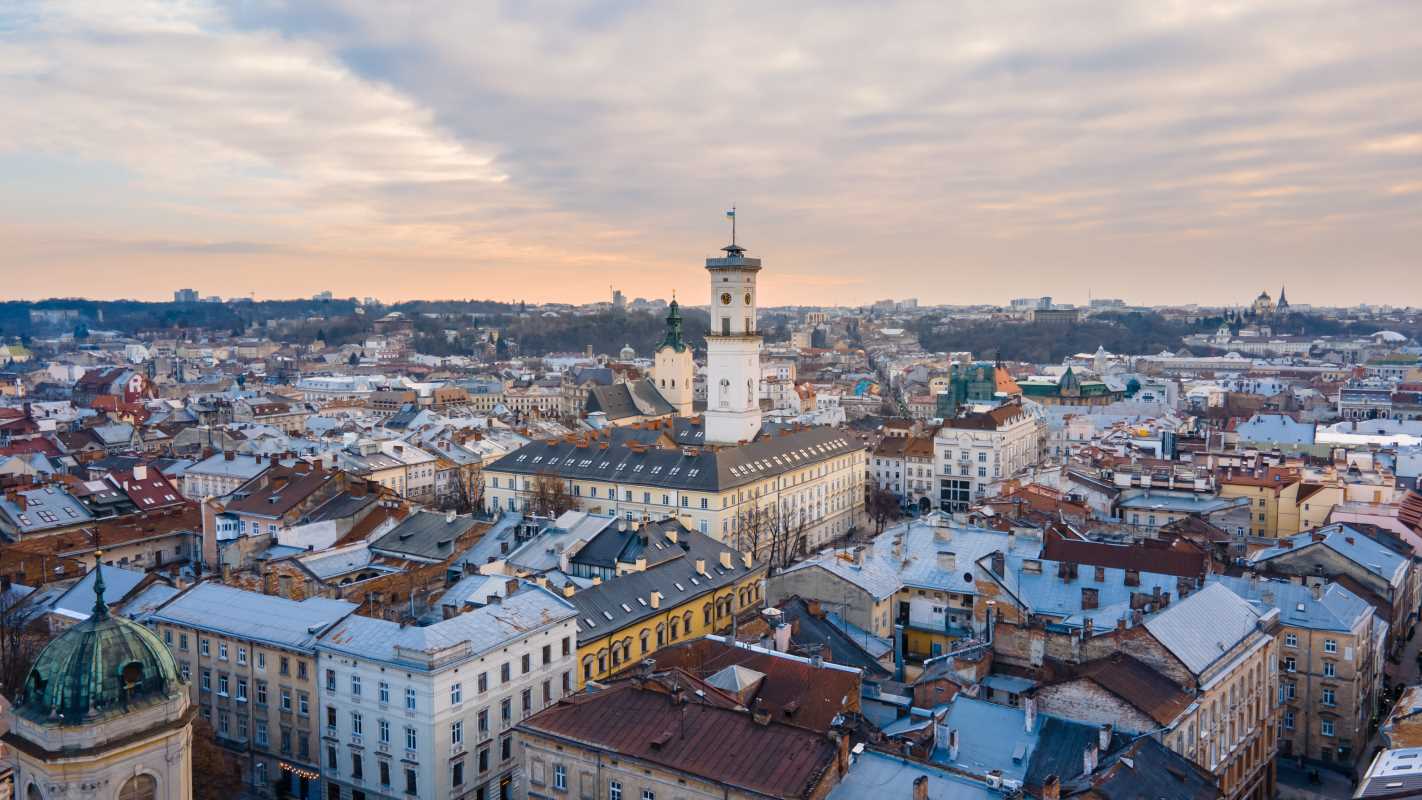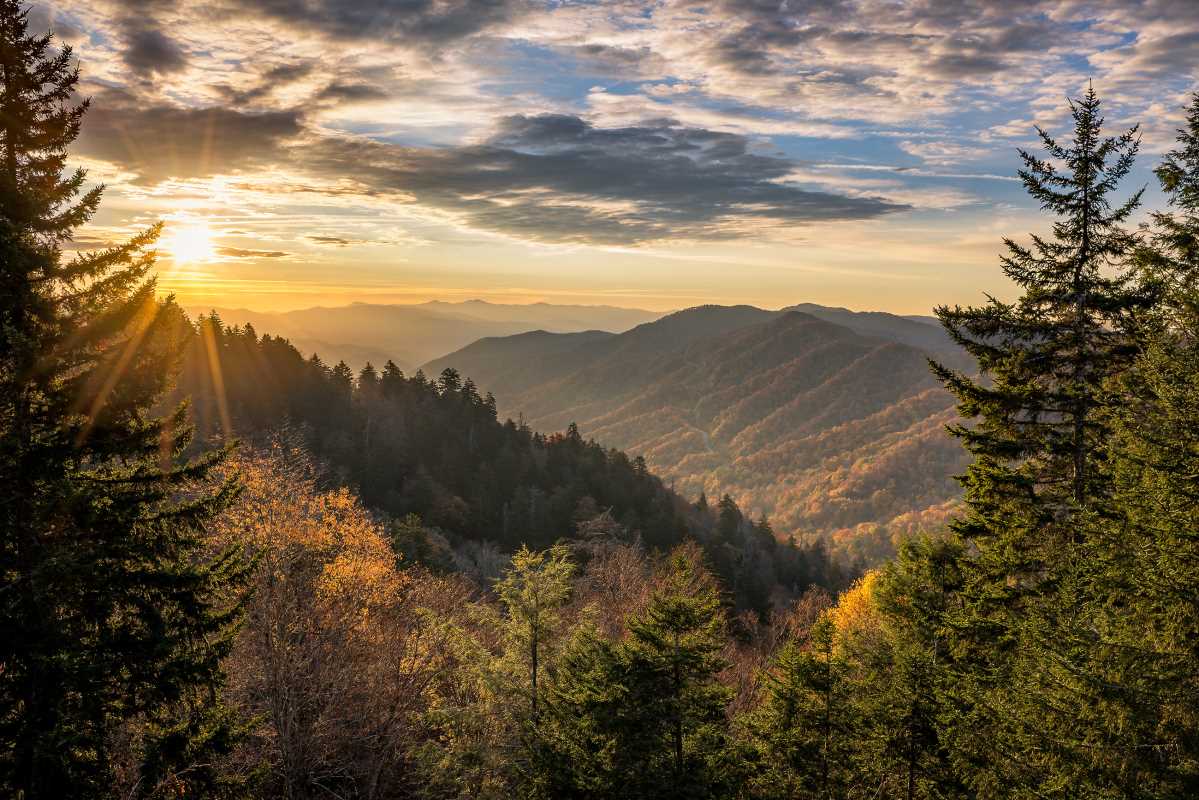Italy is a country that captivates the hearts and minds of travelers with its rich tapestry of history, stunning landscapes, and vibrant culture. From the ancient ruins of Rome to the romantic canals of Venice, Italy offers a diverse range of experiences that cater to every type of traveler. This article explores the many facets of Italy, including its history, regions, cuisine, art, and culture, showcasing why it remains one of the most beloved destinations in the world.
A Brief History of Italy
Italy’s history is a captivating saga that dates back thousands of years. The region was home to some of the earliest civilizations, including the Etruscans and the Romans. The Roman Empire, which emerged around 27 BC, was one of the most powerful empires in history and laid the foundations for modern Western civilization. Rome, the capital of Italy, was the heart of this empire, showcasing architectural marvels such as the Colosseum, the Pantheon, and the Roman Forum.
After the fall of the Roman Empire in the 5th century AD, Italy entered a period of fragmentation known as the Middle Ages. Various city-states and kingdoms emerged, each with its unique culture and contributions to art and science. The Renaissance, which began in the 14th century, marked a resurgence of art, literature, and learning. Cities like Florence, Venice, and Milan became cultural epicenters, producing legendary artists such as Leonardo da Vinci, Michelangelo, and Raphael.
In the 19th century, Italy underwent a unification process known as the Risorgimento, culminating in the establishment of the Kingdom of Italy in 1861. Since then, Italy has faced various challenges, including two World Wars and the rise and fall of fascism. Today, Italy is a democratic republic known for its contributions to global culture, fashion, and cuisine.
Diverse Regions of Italy
Italy is divided into 20 regions, each offering distinct characteristics, traditions, and attractions. Here’s a glimpse into some of the most notable regions:
- Lazio: Home to Rome, Lazio is steeped in history and offers a wealth of ancient ruins, vibrant neighborhoods, and exquisite cuisine. Highlights include the Vatican City, the Colosseum, and the charming Trastevere district.
- Tuscany: Renowned for its stunning landscapes, Tuscany is a haven for art lovers and food enthusiasts. The region boasts cities like Florence, Siena, and Pisa, along with picturesque vineyards and rolling hills.
- Veneto: Famous for Venice, a city built on water, the Veneto region is known for its romantic canals, historic architecture, and rich cultural heritage. Other charming towns include Verona, the setting for Shakespeare’s "Romeo and Juliet," and Padua, home to one of the oldest universities in the world.
- Lombardy: As Italy’s economic powerhouse, Lombardy is home to Milan, a global fashion capital. Visitors can explore the stunning Duomo di Milano, the world-famous opera house La Scala, and enjoy exquisite dining in this dynamic region.
- Sicily: The largest island in the Mediterranean, Sicily boasts a rich blend of cultures, stunning beaches, and ancient ruins. The Valley of the Temples in Agrigento and the bustling markets of Palermo are must-see attractions.
- Piedmont: Nestled in the northwest, Piedmont is renowned for its wine production, particularly Barolo and Barbaresco. The region also features the elegant city of Turin, known for its Baroque architecture and rich culinary traditions.
The Culinary Delights of Italy
Italian cuisine is celebrated worldwide for its bold flavors, fresh ingredients, and regional diversity. Each region offers its specialties, making dining in Italy a delightful adventure.
- Pizza: Originating from Naples, authentic Italian pizza features a thin crust, simple tomato sauce, fresh mozzarella, and basil. The Neapolitan pizza is UNESCO-recognized and a must-try for any visitor.
- Pasta: Italy boasts an array of pasta dishes, each with unique shapes and sauces. From Spaghetti Carbonara in Rome to Pesto alla Genovese in Liguria, pasta is a staple that showcases regional ingredients.
- Risotto: A creamy rice dish often flavored with broth and regional ingredients, risotto is particularly popular in northern Italy. Risotto alla Milanese, made with saffron, is a standout.
- Gelato: Italian gelato is a treat not to be missed. With its rich flavors and smooth texture, it’s a perfect way to cool off while exploring the country’s historic streets.
- Wine: Italy is one of the largest wine producers in the world, known for its diverse grape varieties and regions. From Chianti in Tuscany to Barolo in Piedmont, Italian wines are essential to the dining experience.
Artistic Heritage and Cultural Influence
Italy has been a hub of artistic innovation and cultural development for centuries. The Renaissance, in particular, marked a golden age of art, literature, and philosophy. The works of masters like Leonardo da Vinci, Michelangelo, and Titian have left an indelible mark on global culture.
Art lovers can explore countless museums and galleries throughout Italy, including:
- The Uffizi Gallery in Florence, which houses masterpieces from the Renaissance, including works by Botticelli and Michelangelo.
- The Vatican Museums, showcasing an extensive collection of art, including the Sistine Chapel, adorned with Michelangelo's breathtaking frescoes.
- The Accademia Gallery in Florence, home to Michelangelo’s iconic David sculpture, a symbol of the city’s artistic heritage.
Festivals and Traditions
Italy’s cultural calendar is filled with vibrant festivals and traditions that celebrate its rich heritage. Some notable events include:
- Carnival of Venice: A world-famous festival known for its elaborate masks, costumes, and grand balls. The festivities include parades, music, and traditional performances, creating a magical atmosphere in the canals of Venice.
- Palio di Siena: A historic horse race held twice a year in Siena, where rival districts compete for glory. The event is steeped in tradition, featuring colorful costumes, fanfare, and a palpable sense of rivalry.
- Festa della Repubblica: Celebrated on June 2nd, this national holiday commemorates the founding of the Italian Republic. Parades, concerts, and fireworks fill the streets, showcasing national pride.
Natural Wonders and Landscapes
Italy's landscapes are as diverse as its culture. From the breathtaking Alps in the north to the stunning Amalfi Coast in the south, nature lovers will find plenty to explore:
- The Dolomites: A UNESCO World Heritage Site, the Dolomites offer dramatic mountain scenery, hiking trails, and skiing opportunities, making it a paradise for outdoor enthusiasts.
- Cinque Terre: This picturesque coastal region is famous for its colorful cliffside villages, hiking trails, and stunning views of the Ligurian Sea. Each village has its unique charm, with vibrant houses and delicious seafood.
- Tuscany’s Rolling Hills: The iconic landscapes of Tuscany, with their vineyards, olive groves, and charming farmhouses, create a serene backdrop for leisurely drives and wine tasting.
- Sardinia and Sicily: Both islands boast beautiful beaches, crystal-clear waters, and unique geological formations. Sardinia is known for its rugged coastline and pristine beaches, while Sicily offers ancient ruins and a rich blend of cultures.
Italy is a country that enchants visitors with its rich history, breathtaking landscapes, and vibrant culture. From the bustling streets of Rome to the serene hills of Tuscany, each region offers unique experiences that celebrate the best of Italian heritage. Whether you're savoring delicious cuisine, exploring world-class art, or immersing yourself in local traditions, Italy promises an unforgettable journey filled with beauty, history, and warmth. With its rich tapestry of experiences, it's no wonder that Italy remains a beloved destination for travelers from around the globe. Whether you're visiting for the first time or returning to explore more, Italy continues to inspire and captivate, inviting everyone to fall in love with its timeless charm.
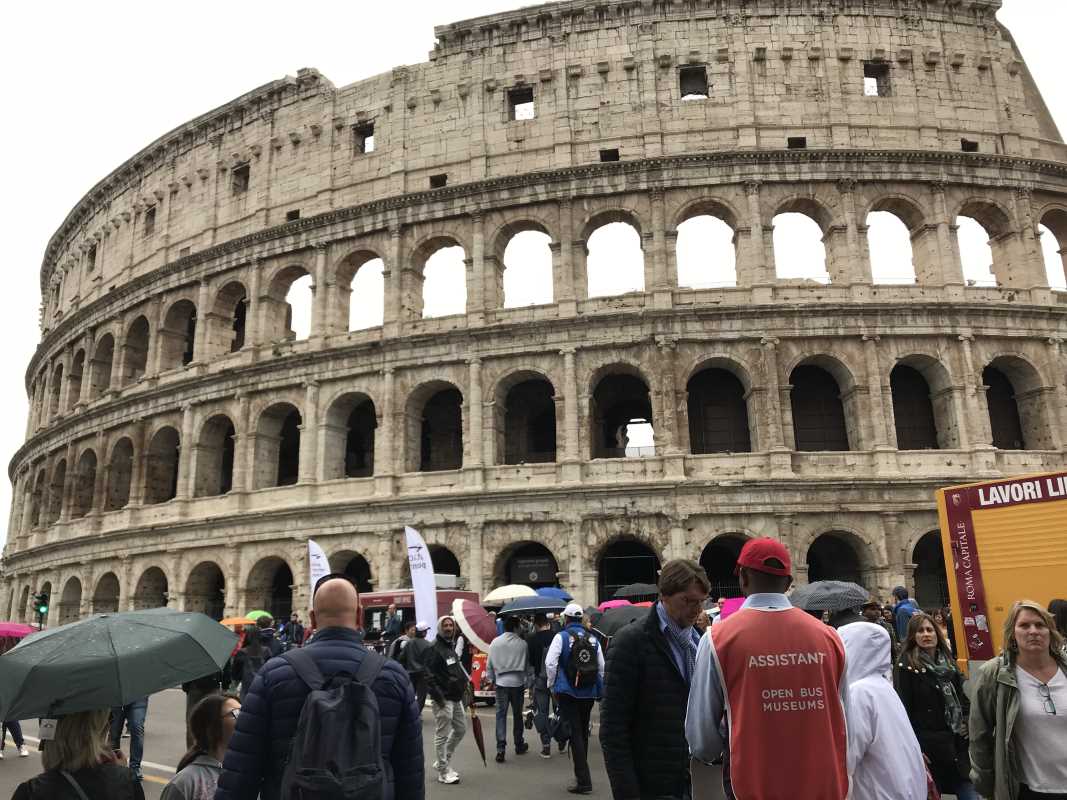 (Image source: Inuvo / DSR)
(Image source: Inuvo / DSR) 
